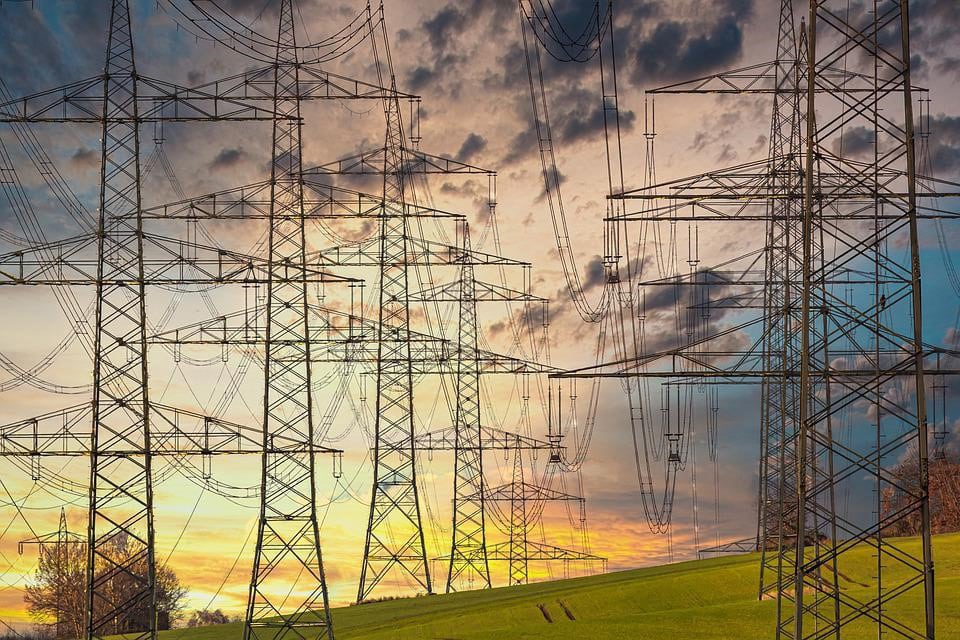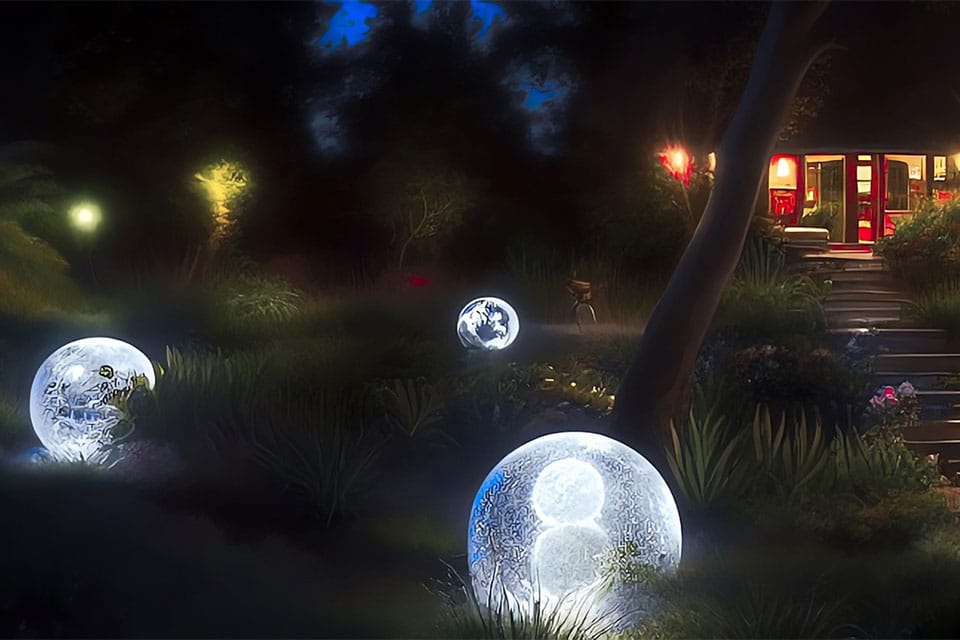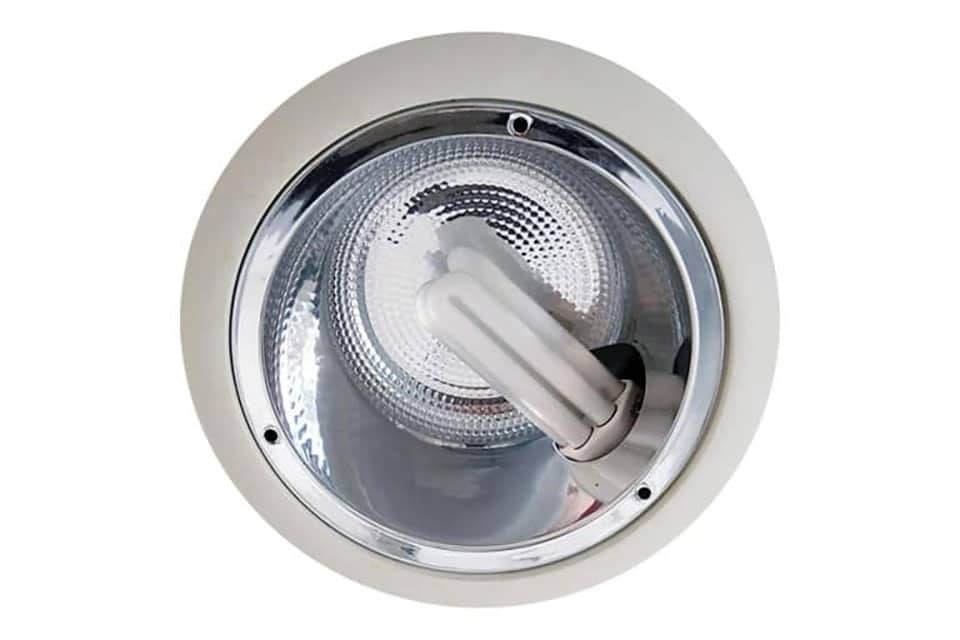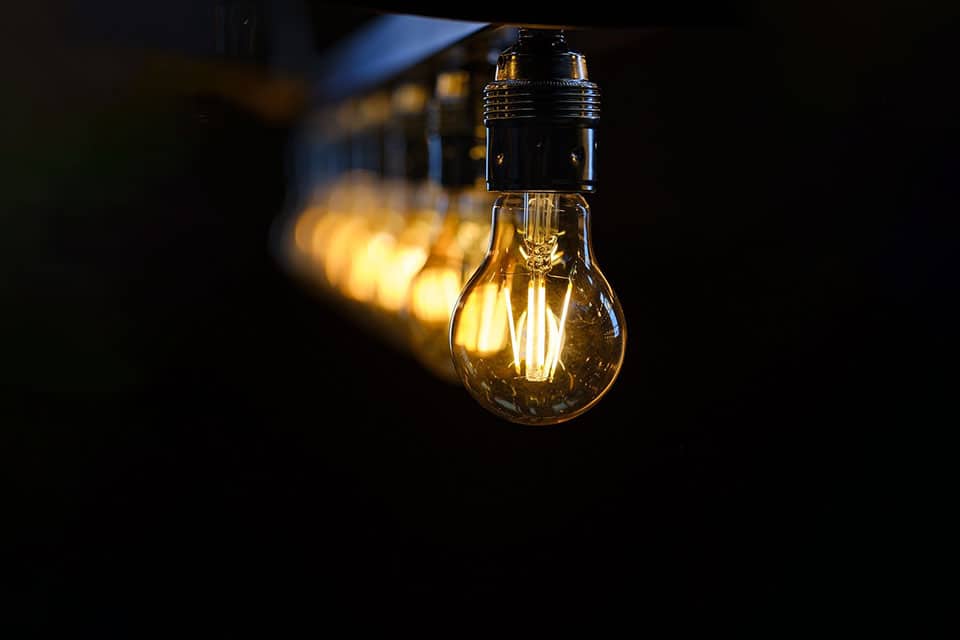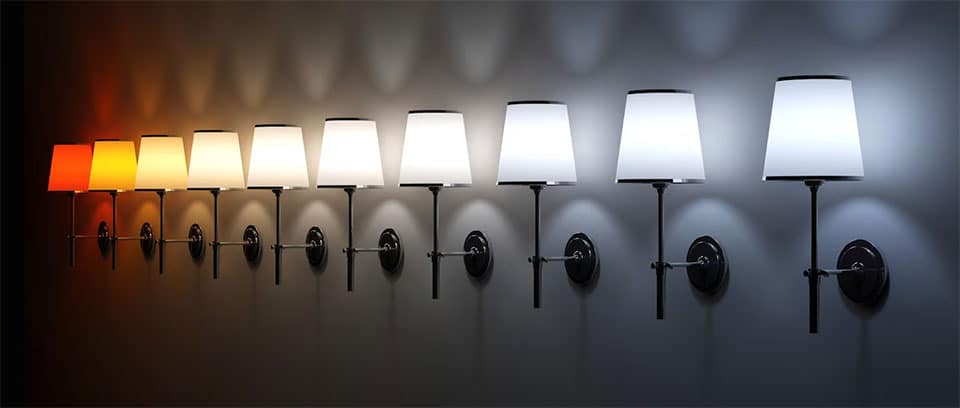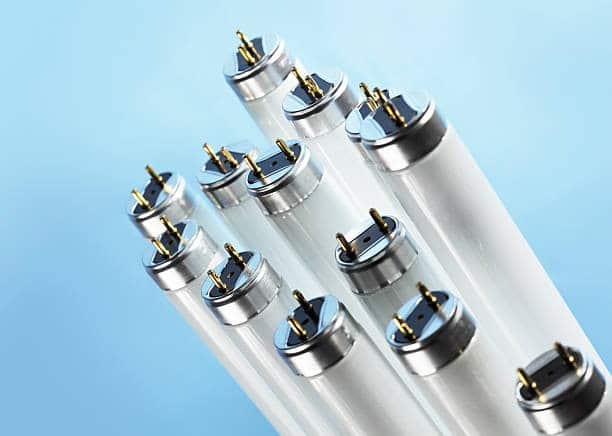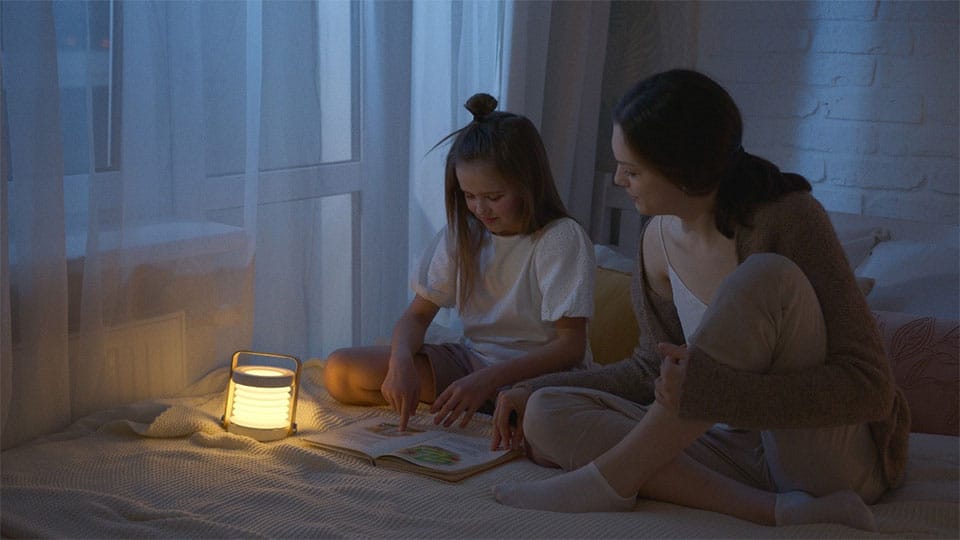When The Office of Gas and Electricity Markets, (Ofgem), the energy regulator of the United Kingdom announced a 54% increase in price cap effective 1st April 2022, many households and industry leaders were fast to plead with the government to timely intervene to cushion them from what they termed as a national crisis. As if that was not enough, there appears to be no proverbial light at the end of the tunnel because all indicators point towards further price increases in the future.
What Are The Reasons Behind The Increased Energy Prices?
The energy price increases have been attributed to many factors. Top on the list has been the war in Ukraine that affected oil prices. The sanctions placed on Russia, Europe’s largest oil exporter and the world’s second-largest, by world economies have forced countries to rely on alternative sources of oil. With the outcome of the war still unclear, countries can only brace themselves for the worst to come.
This crisis, however, cannot entirely be pinned on the war because experts warned about the crisis back in 2021. The main reason for the skyrocketing prices is due to the high wholesale gas prices that have shot by at least 250% from January 2021. In August last year, there was an increase of 70% in wholesale gas prices.
The global gas supply has also been affected due to high demand, especially in winter, with experts warning that the situation is unlikely to change anytime soon. In fact, a 5% cut duty by the government did not have much impact, with the government blaming retailers for failing to extend the same to consumers.
Despite the government’s intervention, it is estimated that it will be impossible for some five million people to pay their energy bills. In just 18 months, the price of heating an average UK (United Kingdom) home has increased twofold. This has left many households with no option but to endure the harsh freezing weather.
How Do You Keep Your Energy Bills Down Despite Rising Prices?
The soaring energy bills are not isolated. The overall cost of living in the UK has gone up equally. A survey conducted in January this year showed that 66% of the population felt that the cost of living had increased, especially food, gas, and electricity.
Even though most households have been forced to reduce their use and over-reliance on gas and electricity, there are some situations when there are no viable alternatives. Covid-19 forced most people to work from home. Even though most restrictions have since been lifted, more people are spending most of their time at home than ever before in history. This has a direct strain on utility bills, especially electricity, as you must use computers and other electronics for work.
The most affected are the lower-income households. There are several recommendations that households can count on to avoid ballooning expenses at home. Managing your electricity bill should not, however, be expensive. It can be as simple as replacing your current bulbs with energy-efficient LED lights.
Why Are LED Lights Preferred?
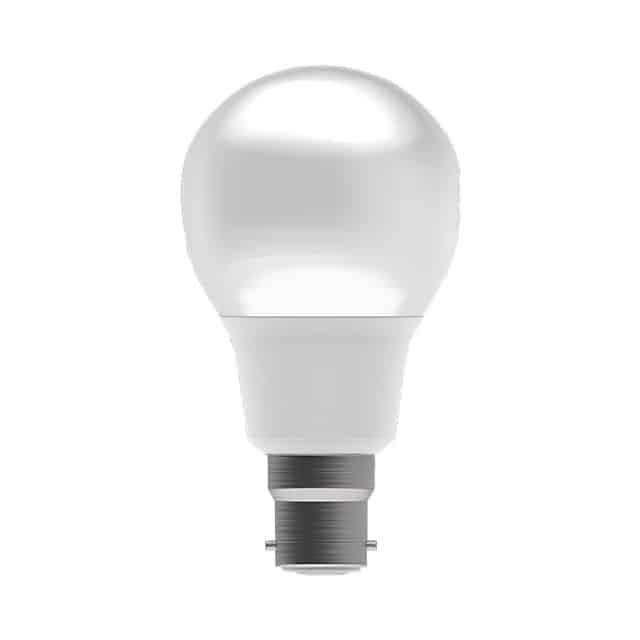
Installing light-emitting diode (LED) lights is one of the most affordable and practical ways to keep your household’s energy costs low. Here are some of the reasons why installing LED lights can help you reduce your energy costs.
• Less Energy Consumption:
Compared to incandescent or compact fluorescent bulbs, LED lights consume not less than 75% less energy and last longer with better light output. Despite their magnificent energy-saving abilities, they are smaller and currently come in distinctive designs, sizes, and colors.
• They Last Longer:
Even though the initial costs of installing LED lights at home can be higher than the other alternatives, their overall savings are unmatched. It is estimated that they can last about 50,000 hours (about 5 and a half years).
This means you will forget about constantly having to replace your bulbs for an exceptionally long time. Additionally, an average LED bulb with equal brightness as the traditional bulbs can save between £2 and £3 per year. The initial cost of replacing all bulbs in an average British home might cost just £100. Do you think this might be high? Not really. That initial investment can save you up to £40 annually.
• They Can Be Dimmed:

LED lights can be dimmed, allowing them to run on a percentage of between 0 to 100 of their actual power rating. The ability to dim these lights gives you the freedom to control the brightness depending on the room, time of day, or preference. Furthermore, with the lights operating on lower power, it stretches their lifespan.
• Can Function On Low Voltage:
The lower power rating on which LED lights run on allows makes it possible for them to function effectively even under low power voltage. This efficiency allows you the flexibility to customize them, which in turn helps you save money. Remember, there is no need for a “warm-up” period with LED lights as you can attain 100% brightness instantly.
As households struggle with the high energy bills, switching to LED lights is one of the best cost-saving measures out there. You just need to choose the perfect brand based on your needs and install them. Then you can sit back and enjoy the savings over time.
Conclusion
The ultimate goal for any household is to save as much money as possible. With the soaring energy costs, you must be vigilant to ensure that your lifestyle does not change much simply because of high energy bills. Replacing your traditional bulbs with LED lights is the surest, cheapest, and most practical option that will cushion you from the soaring energy costs.





















































































